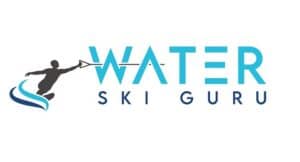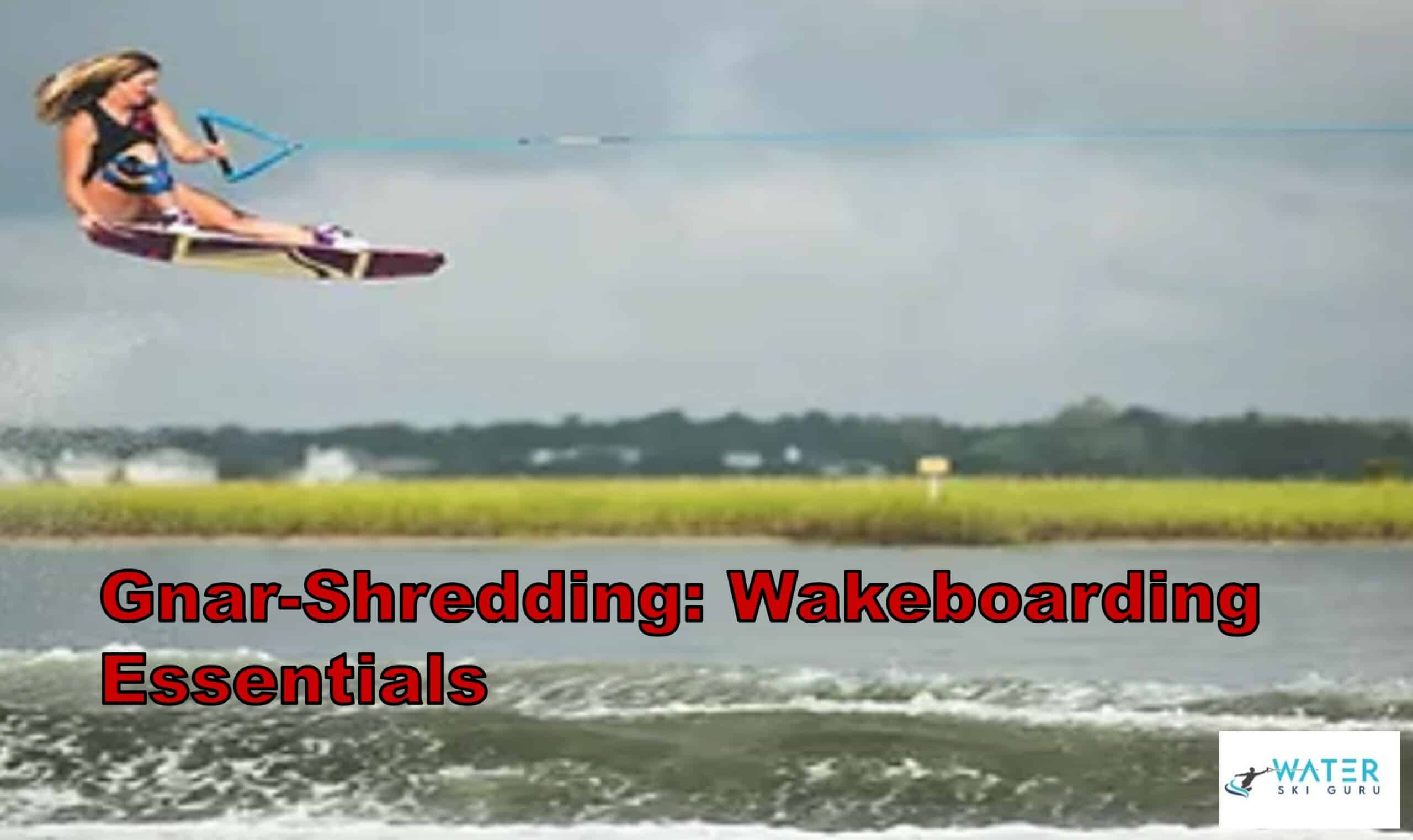Are you ready to experience the rush of wakeboarding? Look no further than ‘Gnar-Shredding: Wakeboarding Essentials’ for all the necessary gear and tips to become a pro.
From the type of boat or cable park needed, to the right size wakeboard and boots, this comprehensive guide has got you covered.
But it’s not just about the gear – this guide also offers helpful tips for beginners, such as keeping your knees bent and arms straight while getting up, and maintaining a positive attitude.
With the right equipment and knowledge, you’ll be able to shred the gnar and show off your skills on the water. So grab your wakeboard and get ready to conquer the waves!
What You Need
If you’re interested in getting into wakeboarding, you’ll need a boat or cable park and the necessary gear. This includes a properly sized wakeboard and boots, wakeboard-specific ropes and handles, a life jacket, and possibly a helmet if you’ll be riding at a cable park.
Wakeboarding locations can vary, but typically, boat wakeboarding takes place on a lake or river, while cable park wakeboarding is done on a man-made course with a cable system that pulls the rider across the water.
When it comes to wakeboarding locations, it’s important to consider what works best for you. Boat wakeboarding can offer more freedom and variety in terms of location, but it requires a boat and a driver, as well as a spotter for safety purposes. On the other hand, cable park wakeboarding is great for those who don’t have access to a boat or prefer a more controlled environment.
Cable parks don’t require a driver or spotter, making them a great place to learn and practice wakeboarding. Whatever your preference, both boat and cable wakeboarding offer unique experiences and challenges for riders of all levels.
Necessary Gear
Properly fitted gear is paramount for your safety and success on the water. When it comes to wakeboarding, one of the most important pieces of equipment is the board. Choosing the right board can make all the difference in your riding experience.
For beginners, a slightly bigger board is recommended as it offers more surface area for balance. As you progress, you can switch to a smaller board for more agility and control. It’s also important to choose a board that is appropriate for where you will be riding, whether it’s behind a boat or at a cable park.
In addition to the board, finding the perfect fit for your boots and bindings is crucial. Ill-fitting boots can lead to discomfort and even injury, while improperly adjusted bindings can affect your control and stability on the board.
It’s recommended to try on multiple pairs of boots to find the best fit for your foot shape and size. When selecting bindings, pay attention to the flex and support levels to ensure they match your riding style.
With the right gear, you’ll be able to shred the gnar and take your wakeboarding to the next level.
Learning and Tips
To improve your wakeboarding skills, it’s important to remember the basics of getting up. Keeping your knees bent and arms straight while getting up will help you maintain balance and control. It may take several tries to get up, but with practice, you’ll find that it becomes easier and more natural.
Here are some additional tips to help you improve your wakeboarding skills:
- Practice your stance: Make sure your feet are shoulder-width apart and your toes are pointing slightly outward.
- Avoid common mistakes: Don’t lean too far forward or backward, and don’t pull on the rope too hard.
- Try advanced tricks: Once you’ve mastered the basics, try incorporating some advanced tricks into your routine, such as jumps, spins, and flips.
Remember to always prioritize safety and wear the proper gear, including a life jacket and helmet if necessary. With practice and dedication, you’ll be shredding the gnar in no time.
Frequently Asked Questions
How fast do you need to go to wakeboard?
To wakeboard, you need to reach a speed of at least 18-20 mph. However, the required speed can vary based on your skill level and the water conditions. As you progress, you may want to increase your speed to achieve bigger air and more tricks.
Are there any age restrictions for wakeboarding?
Age restrictions for wakeboarding vary by location and activity. Many popular destinations offer lessons and programs for all ages, but it’s important to consider the benefits and risks for younger riders. Always consult with a professional and follow safety guidelines.
Can wakeboarding be done in any body of water?
You might think that wakeboarding can only be done on certain bodies of water, but the truth is that it can be done in any body of water that is deep enough and free of obstacles. The boat size and water conditions should be appropriate for the rider’s skill level.
What is the difference between wakeboarding and wakesurfing?
Wakeboarding and wakesurfing both involve riding behind a boat, but there are differences. Wakeboarding requires a rope and board, while wakesurfing is done without a rope. Wakeboarding allows for bigger and more varied tricks, while wakesurfing is more laidback. Both can be done in any body of water, but wakeboarding is better in open water while wakesurfing is better in calmer waters.
How often should wakeboarding gear be replaced?
To ensure safety and performance, wakeboarding gear lifespan varies depending on usage and maintenance. Regularly inspect and clean equipment, and replace worn or damaged parts immediately. Invest in high-quality gear for longevity.
Conclusion
Congratulations! You now have all the necessary gear and knowledge to hit the water and shred the gnar! But before you do, let’s dive deeper into the theory behind wakeboarding and how it can enhance your experience.
Some may think that wakeboarding is simply a fun and thrilling watersport, but there’s more to it than meets the eye. Wakeboarding requires an understanding of physics and the dynamics of water.
The shape and size of the wake created by the boat or cable park, the speed of the boat, and the weight distribution of the rider all play a crucial role in the success of a wakeboarding run. By understanding and applying these principles, you can not only improve your skills but also enhance your overall experience on the water.
So, don’t just settle for a fun ride. Dive deeper into the theory behind wakeboarding and unlock the full potential of this adrenaline-pumping sport.
Now, it’s time to grab your gear, hit the water, and show off your gnar-shredding skills! Remember to stay safe, have fun, and never stop learning. Wakeboarding is a journey, and with the right equipment, knowledge, and attitude, you can take your skills to the next level and experience the ultimate thrill of shredding the gnar.

